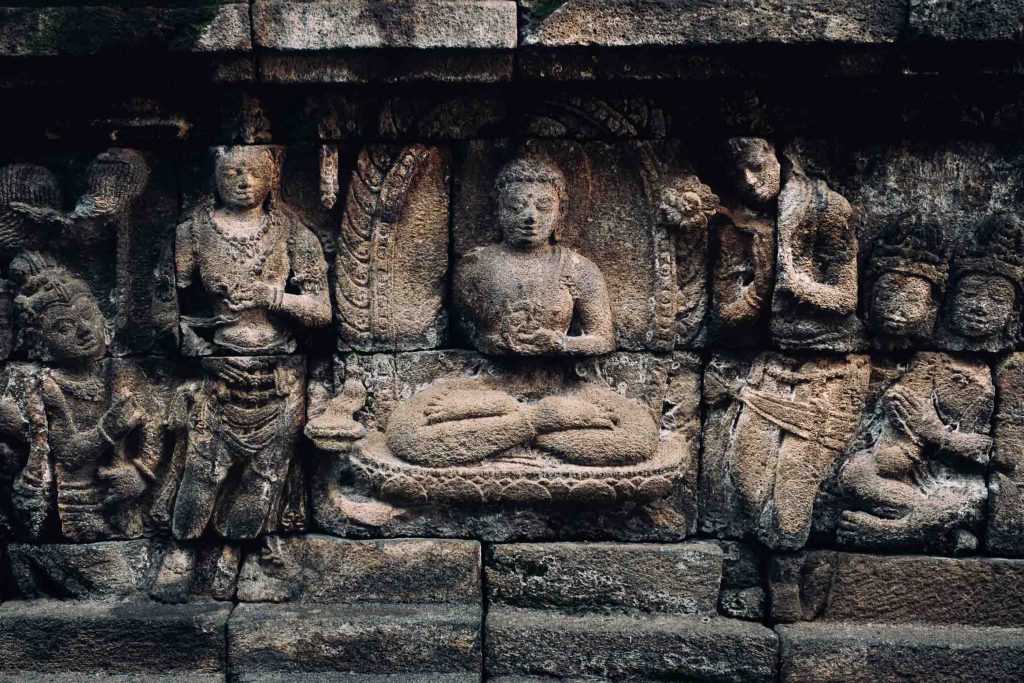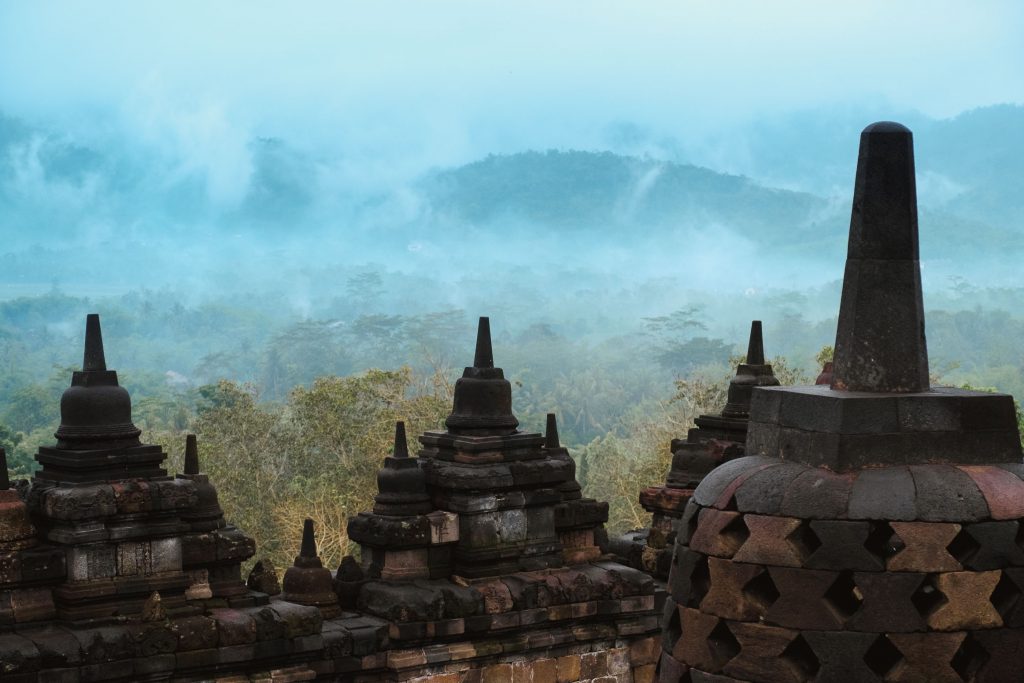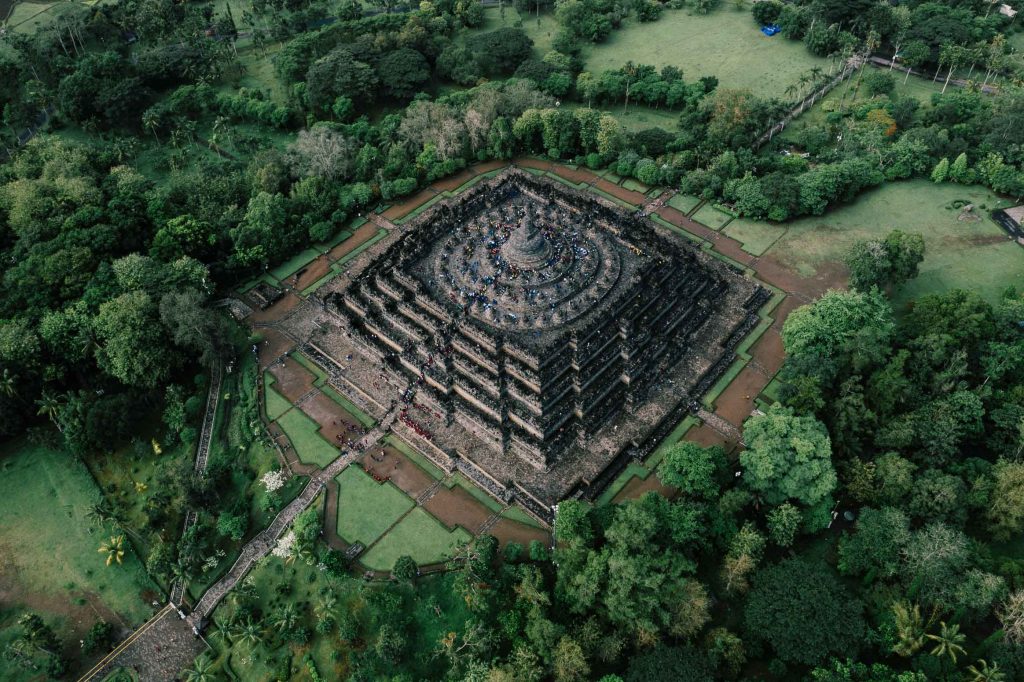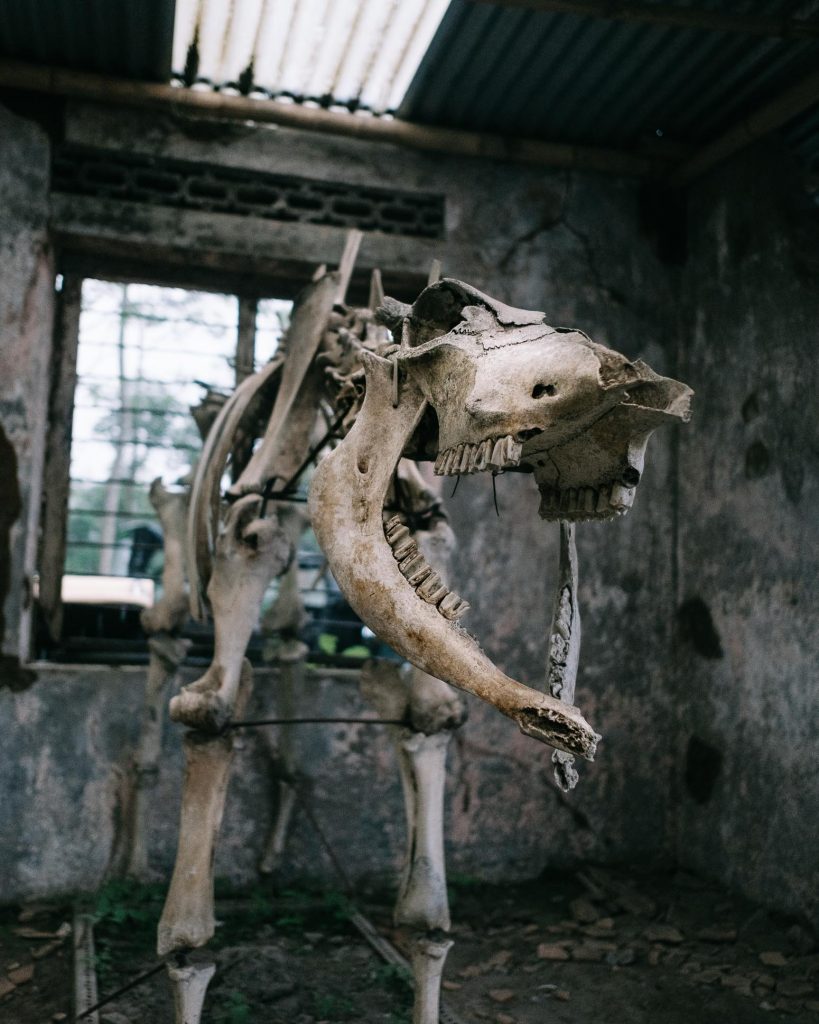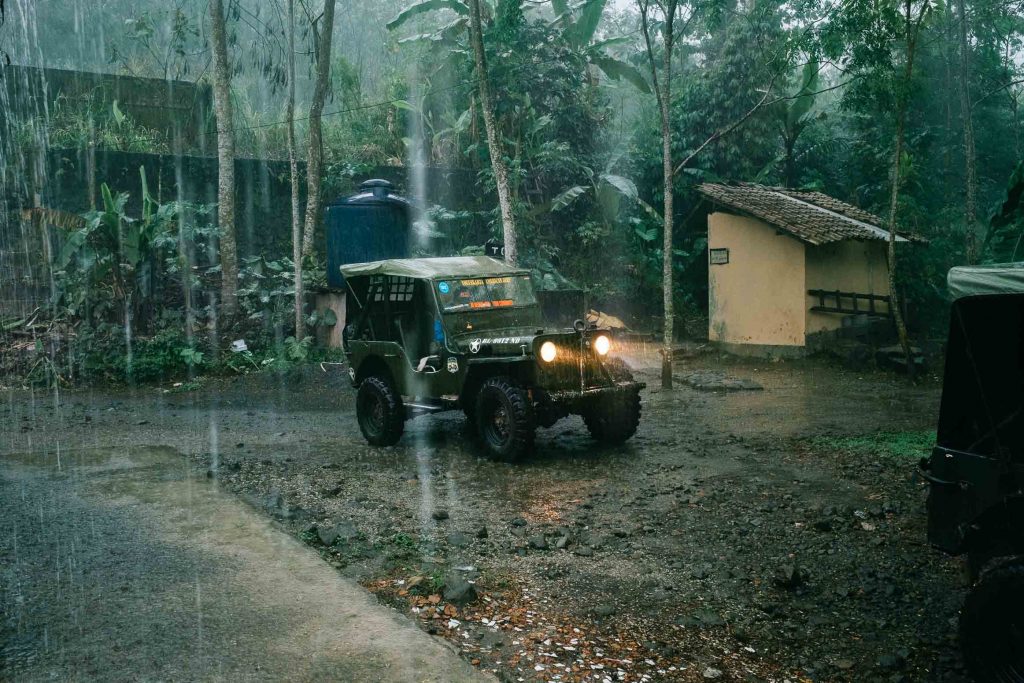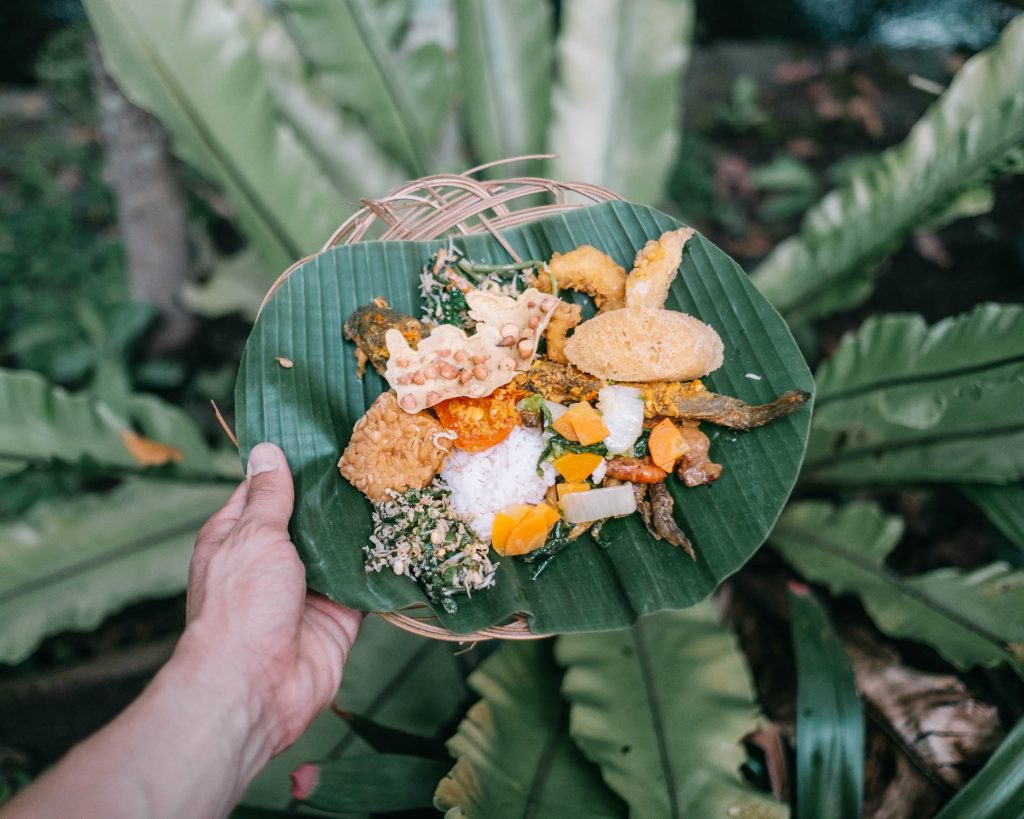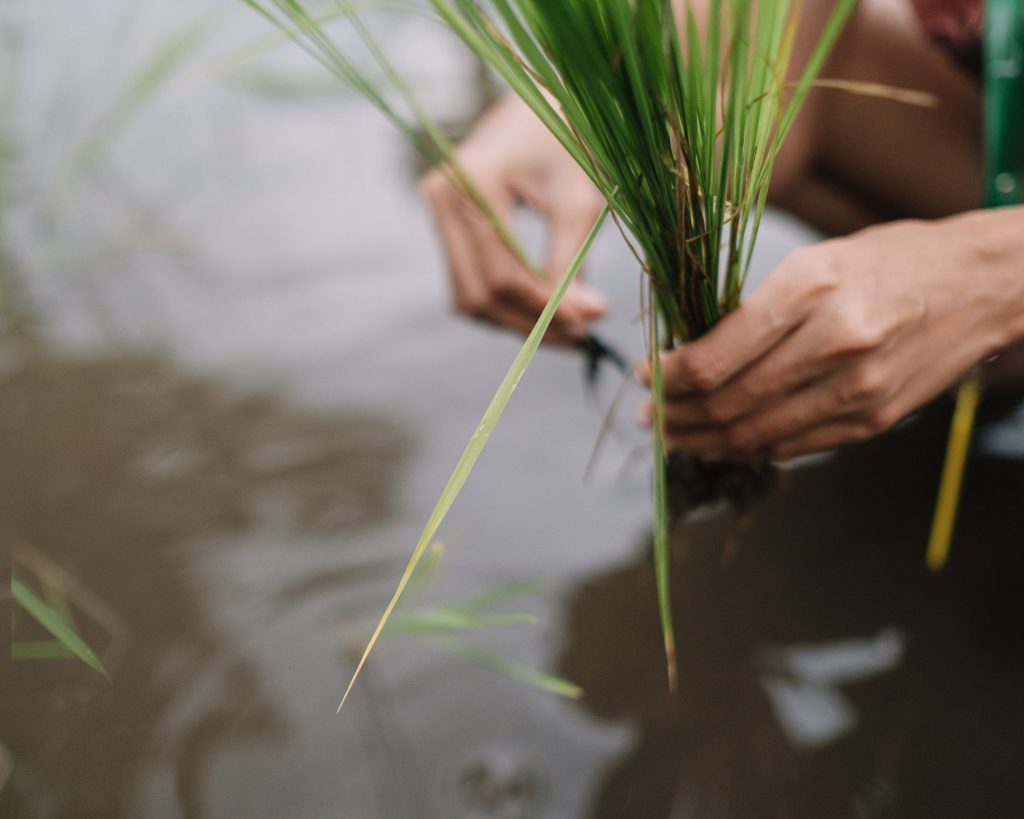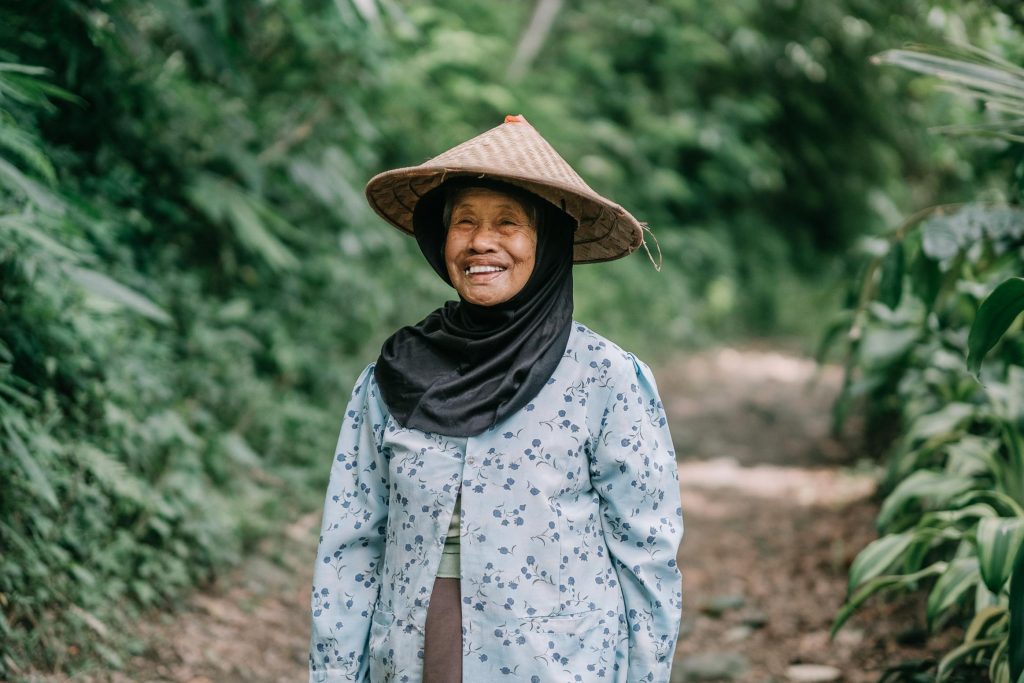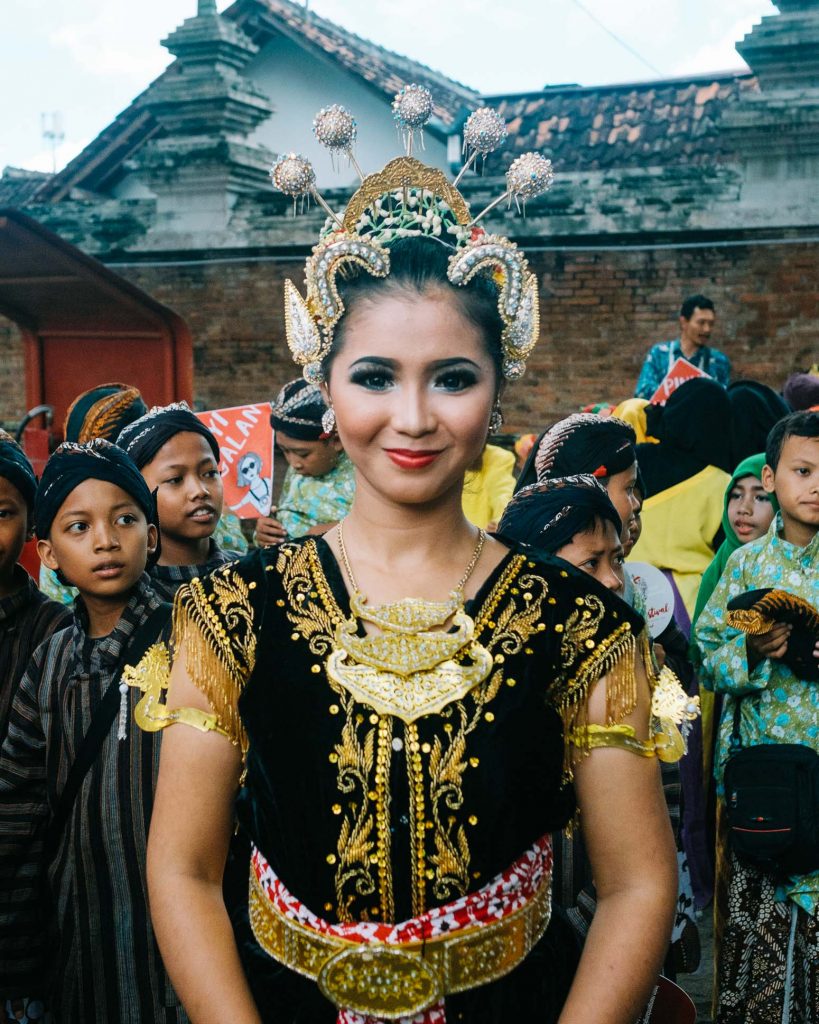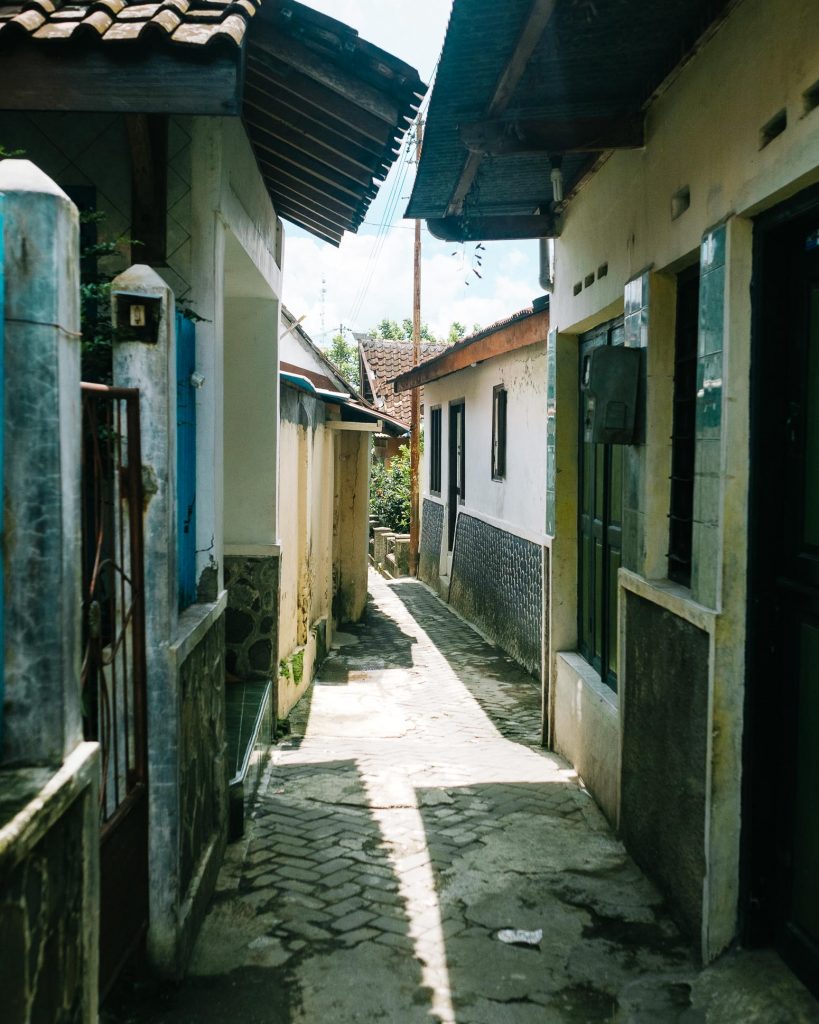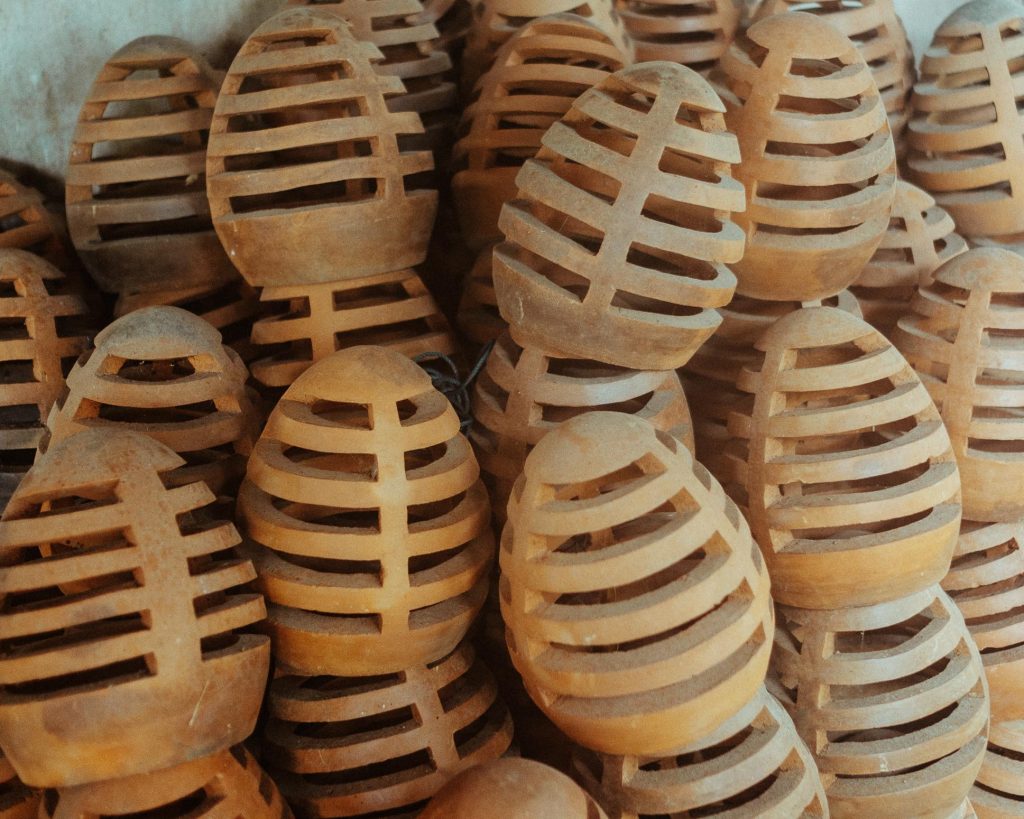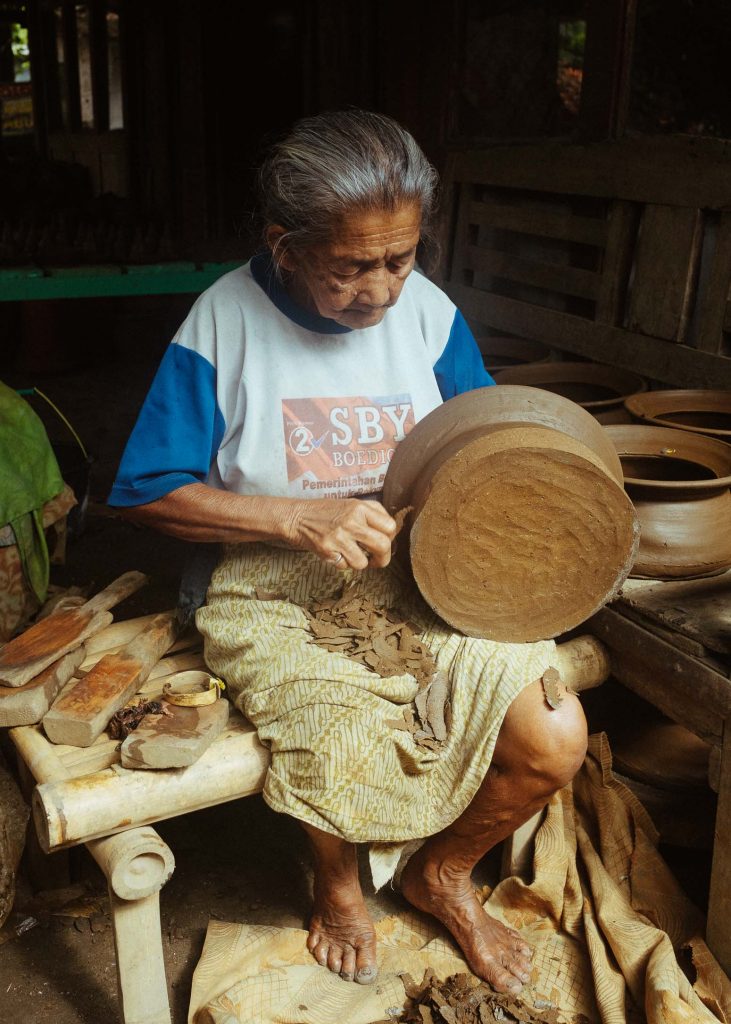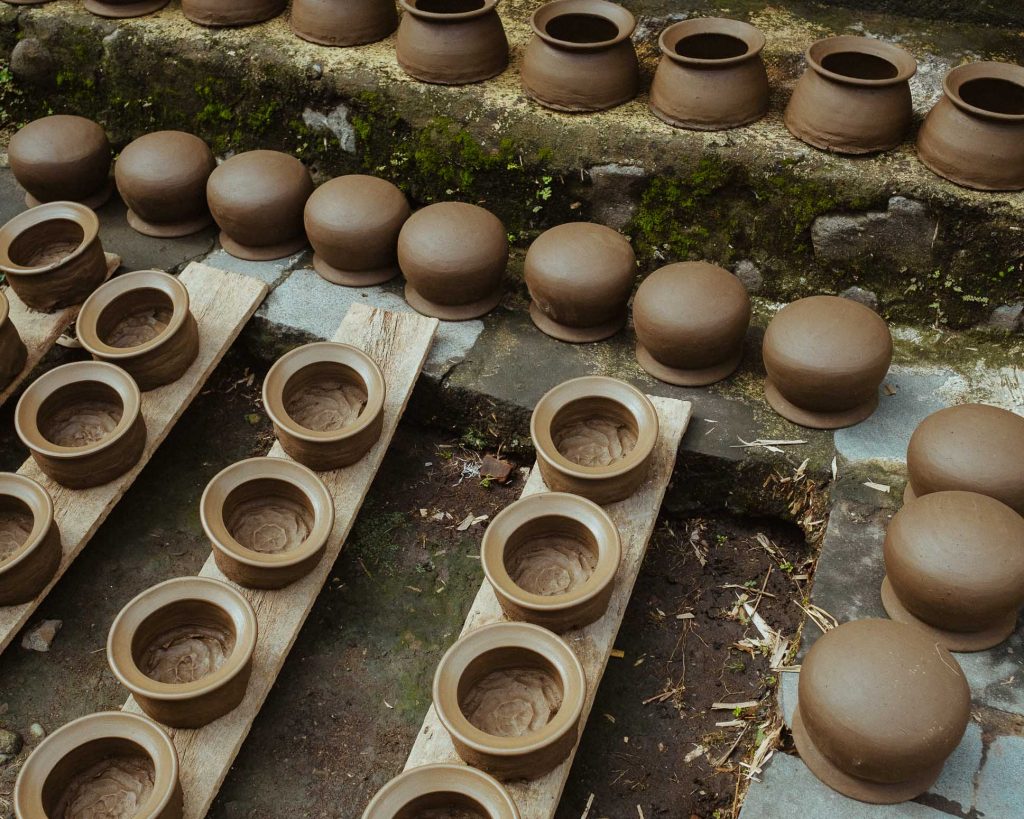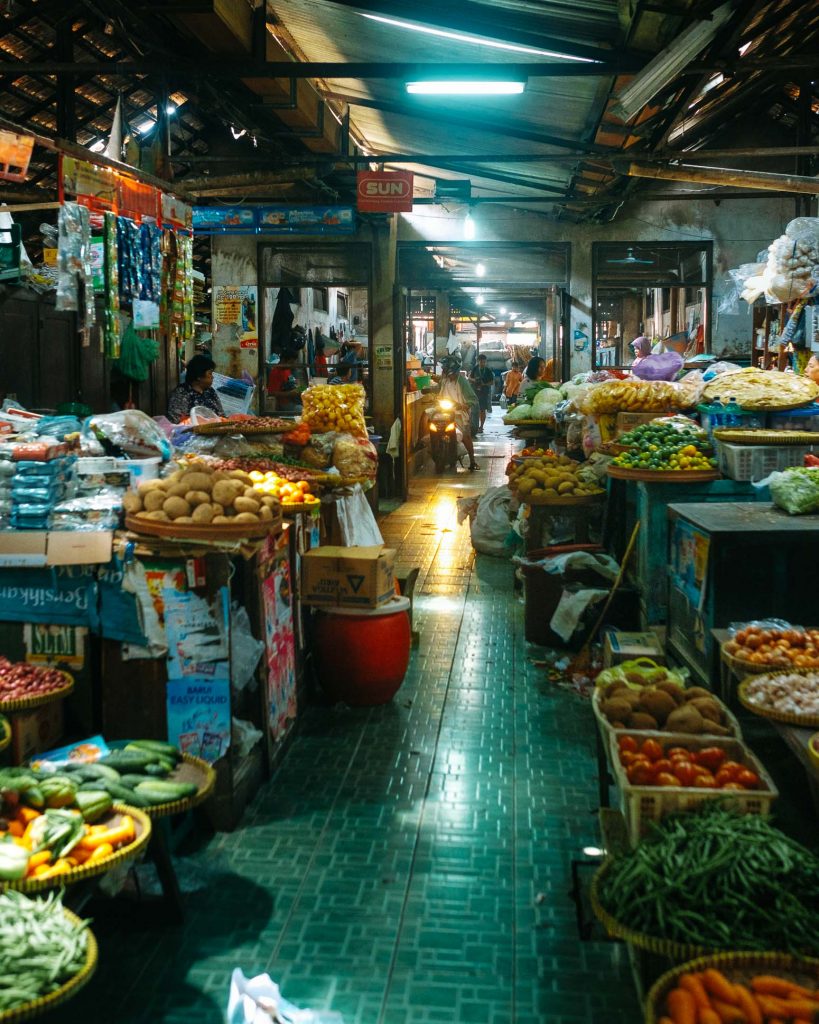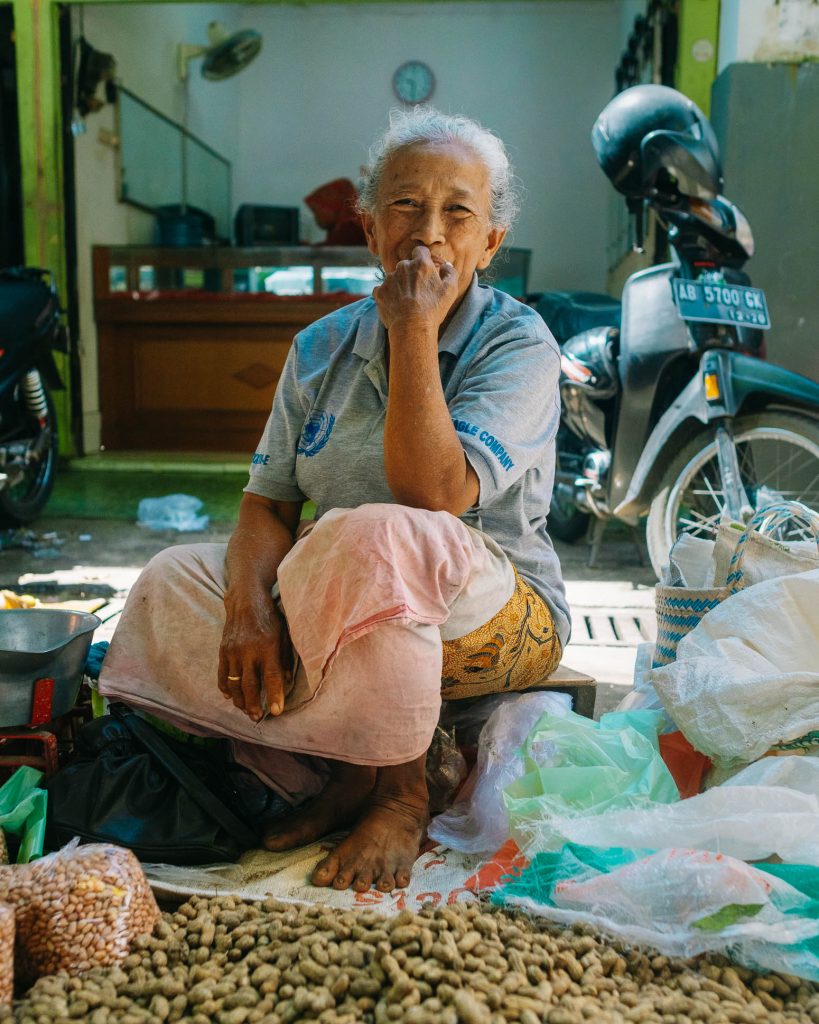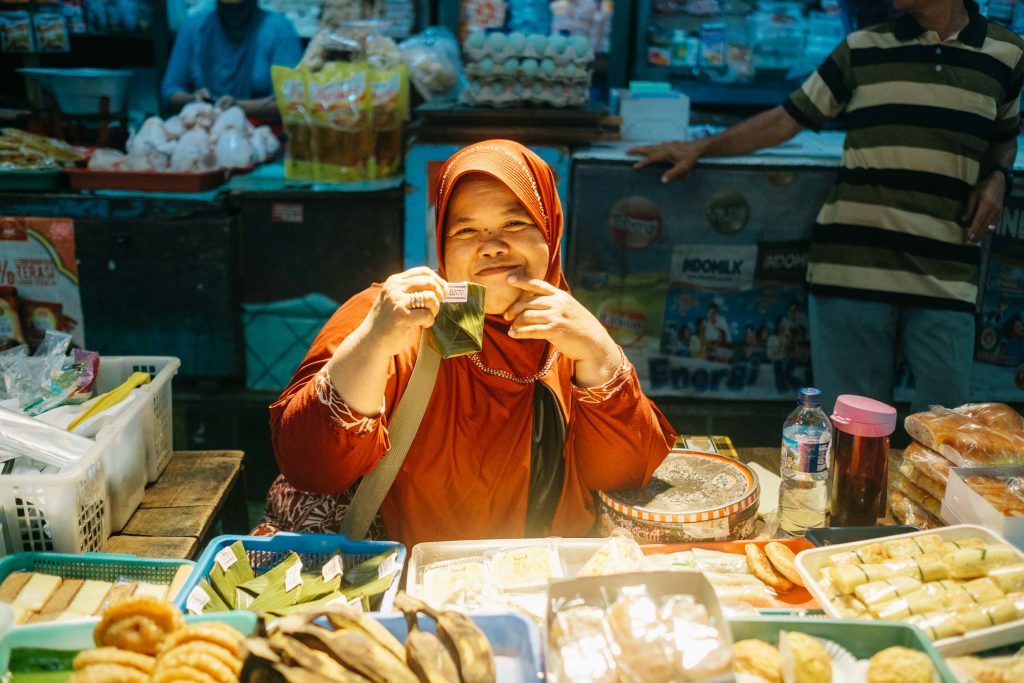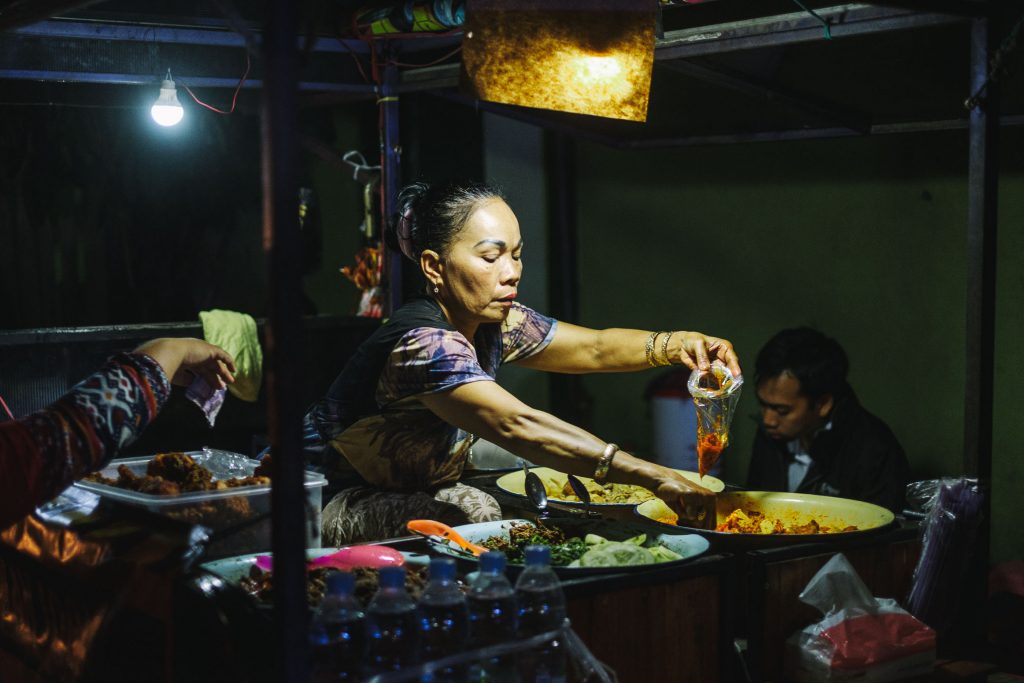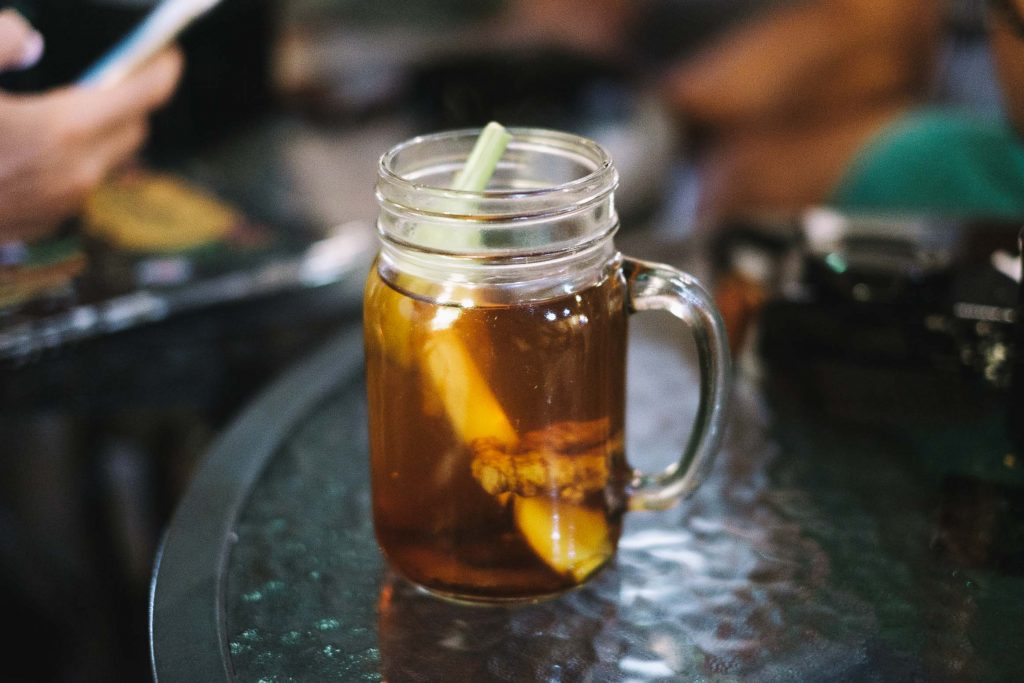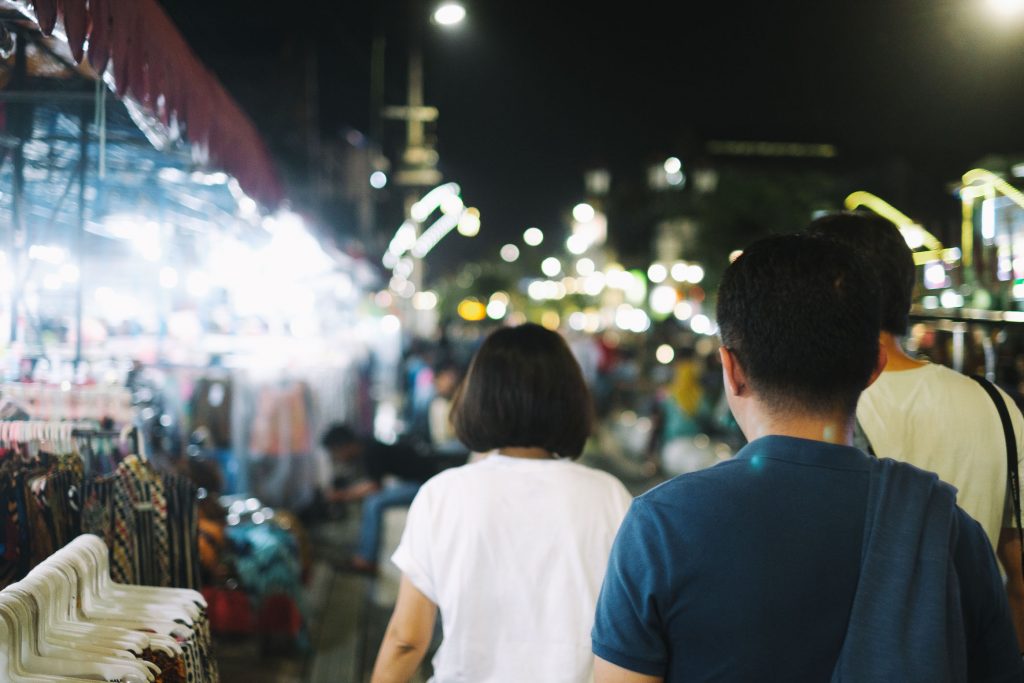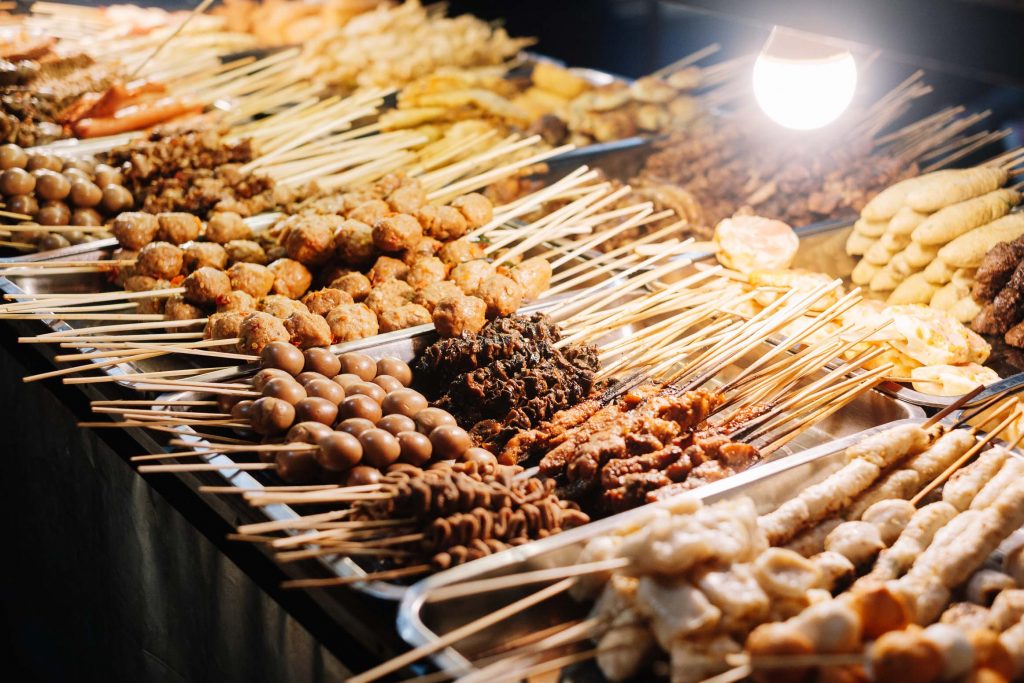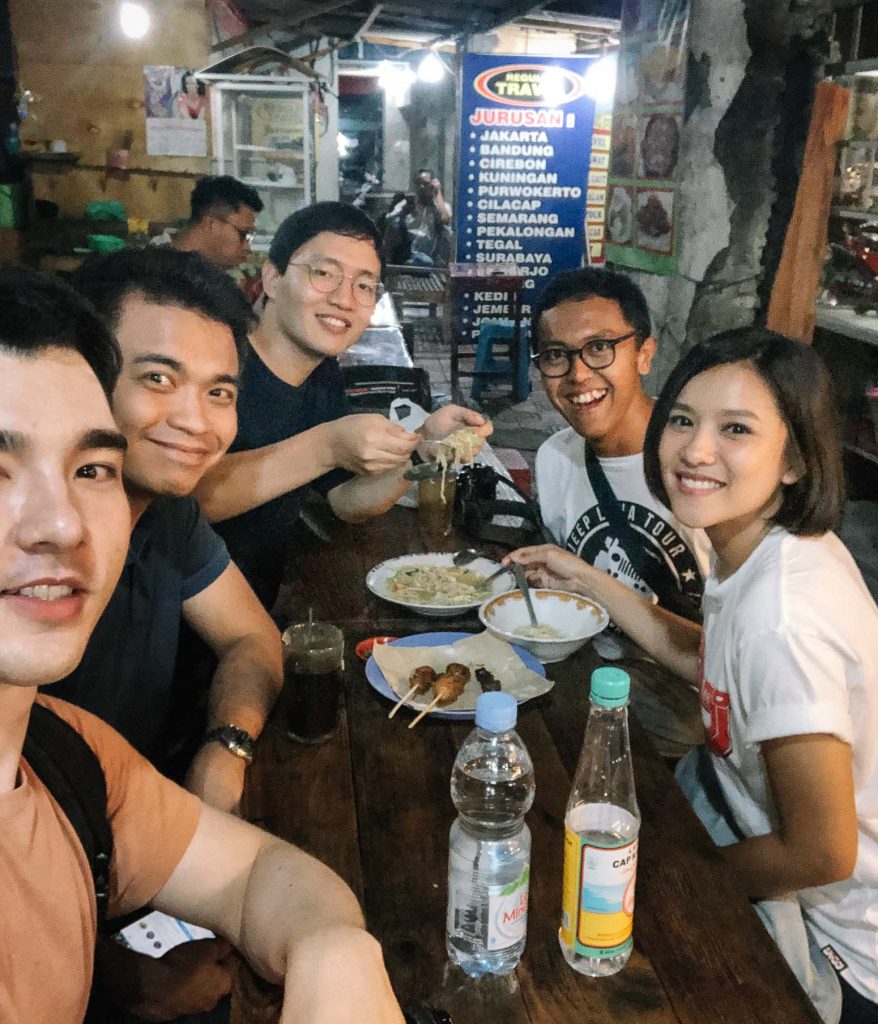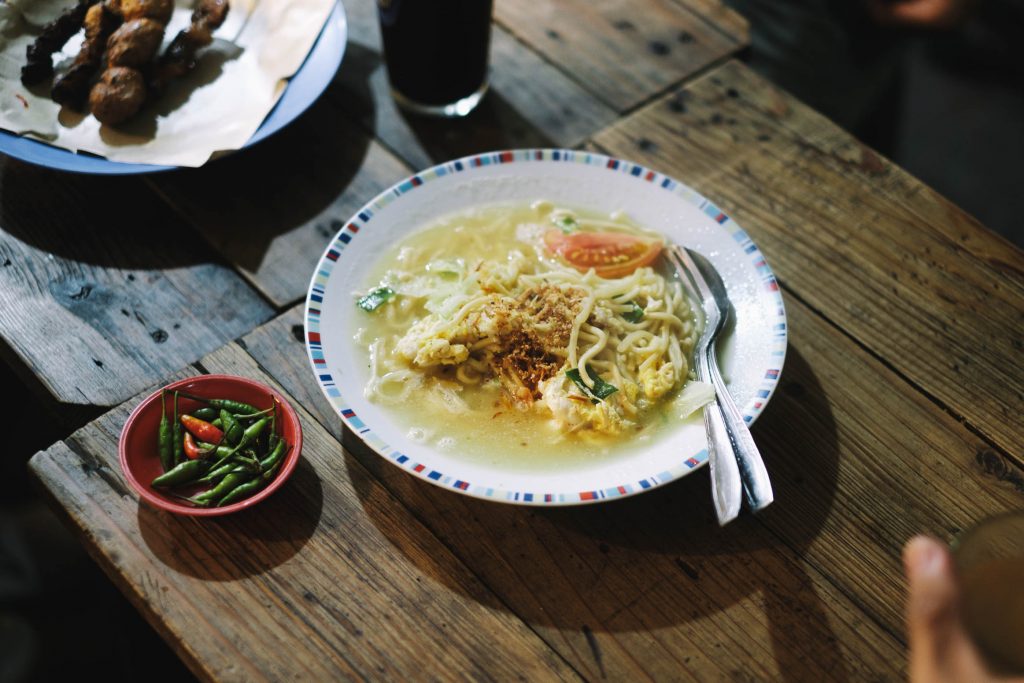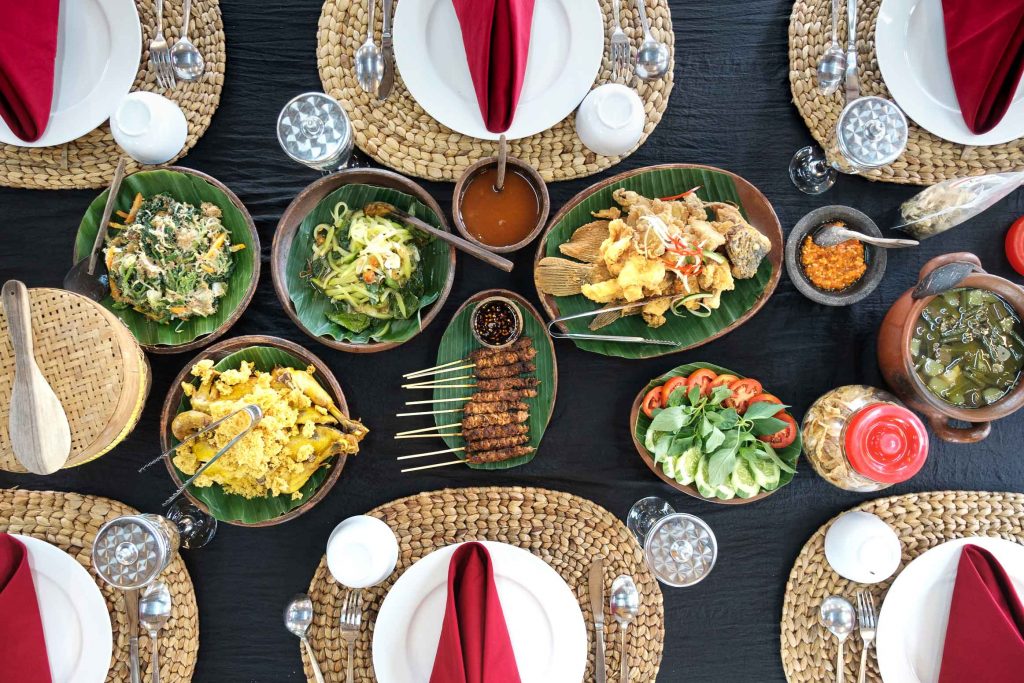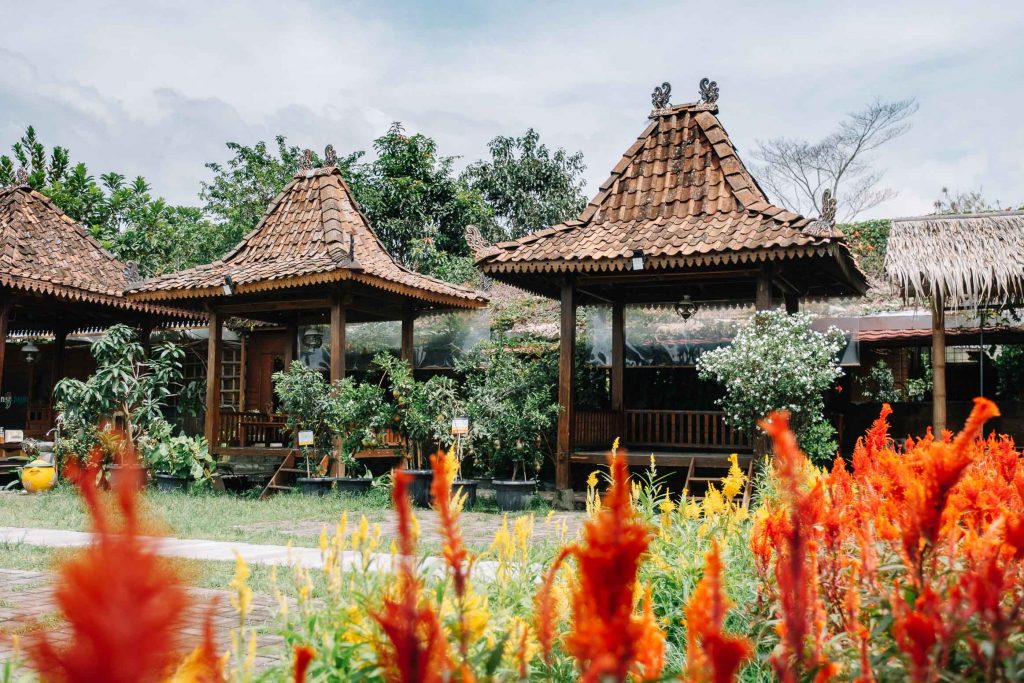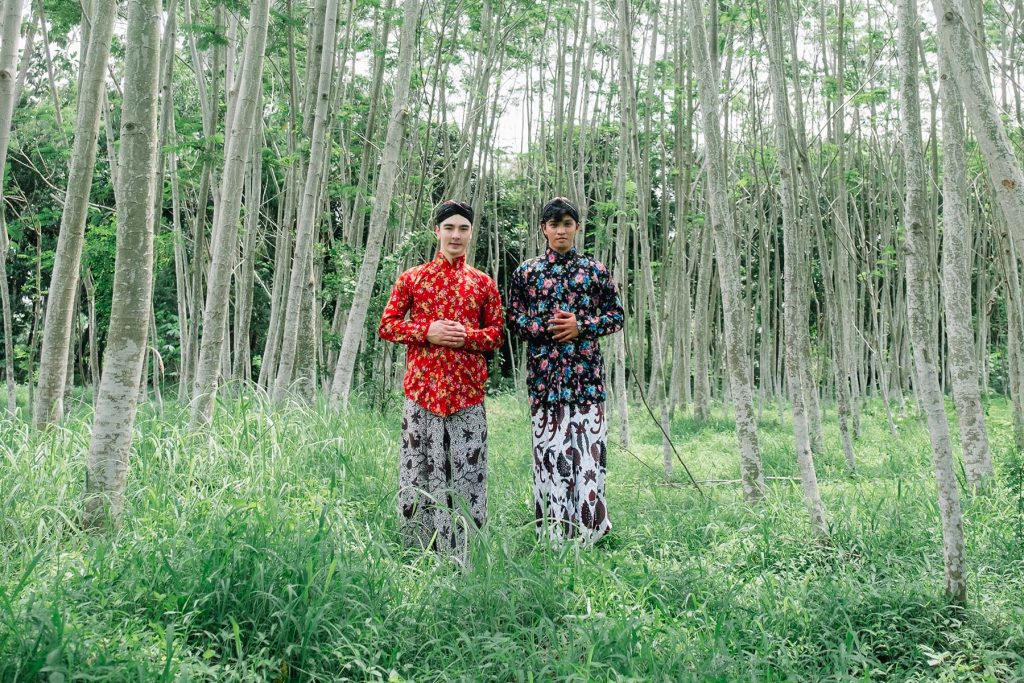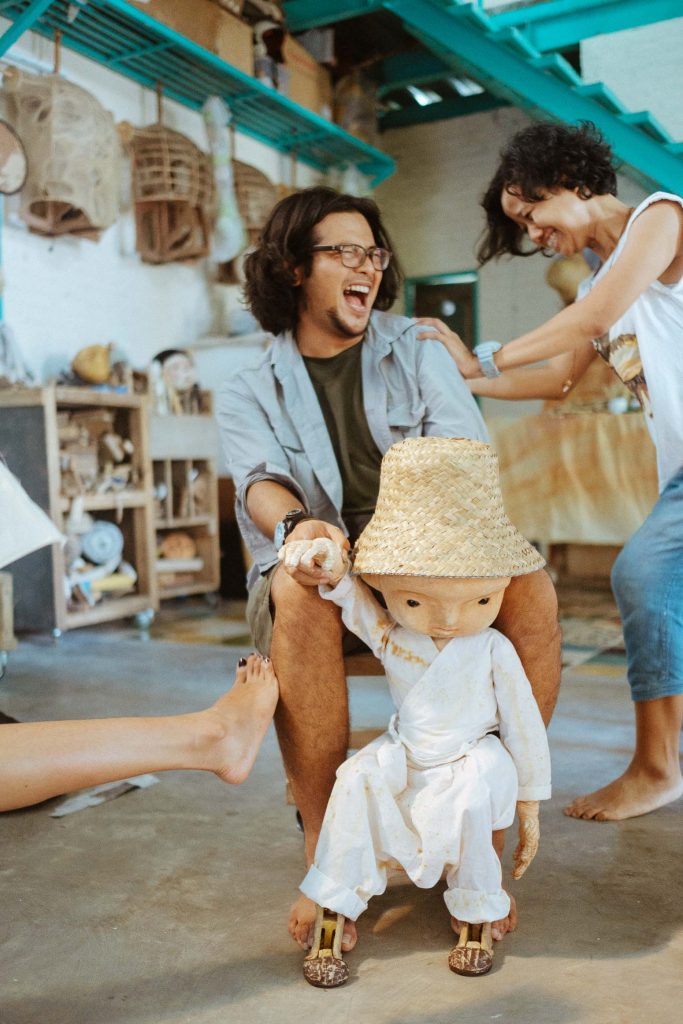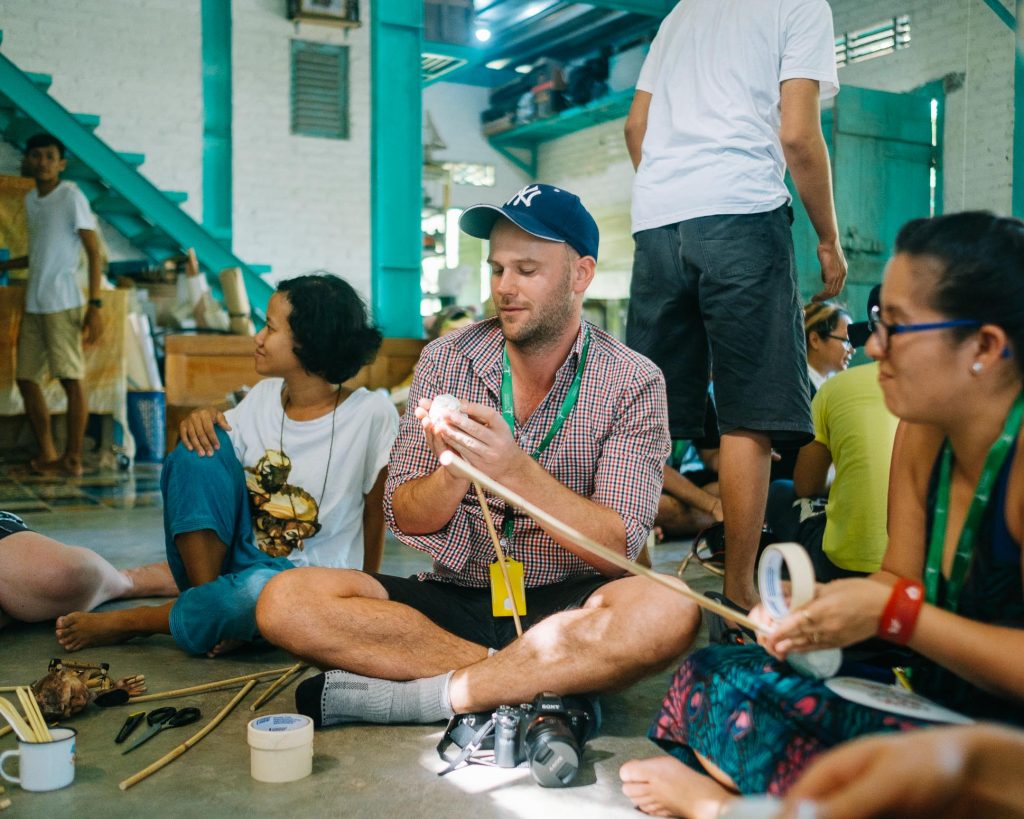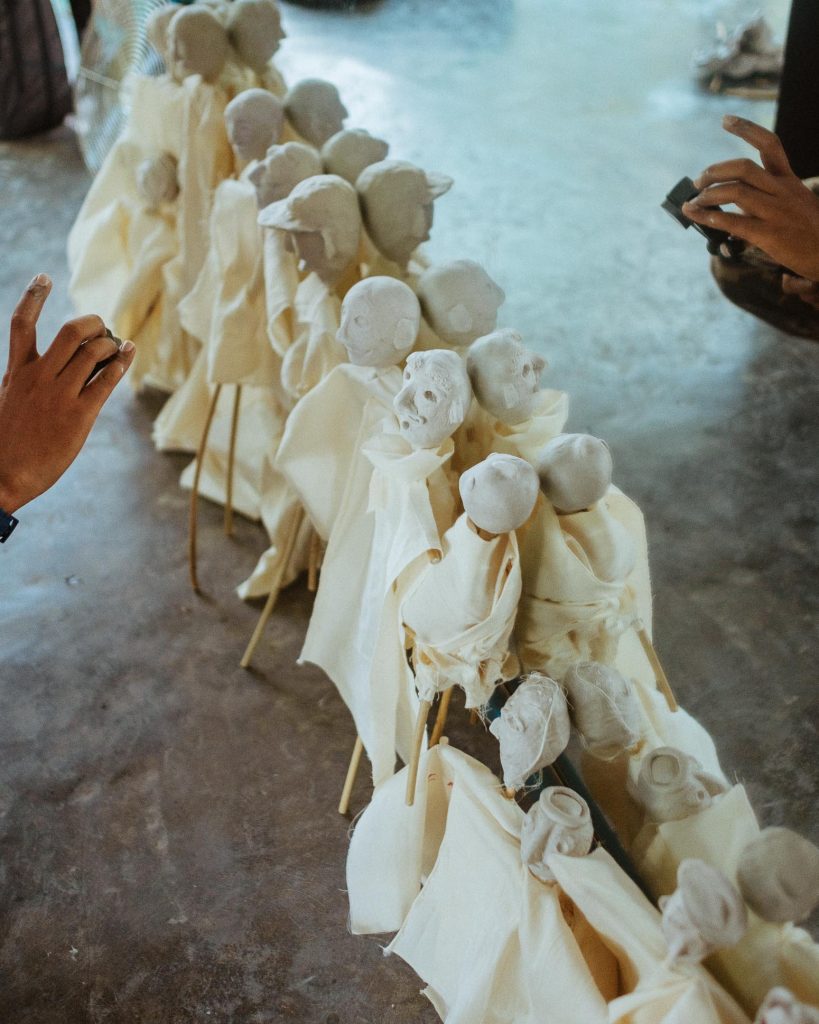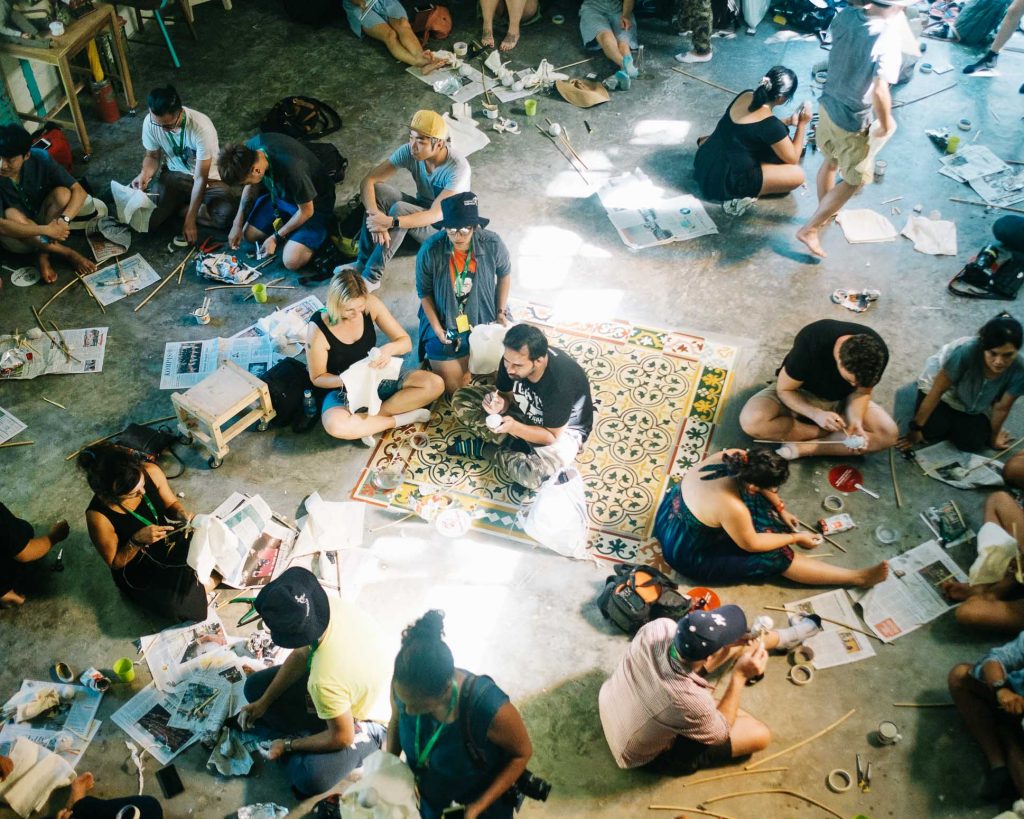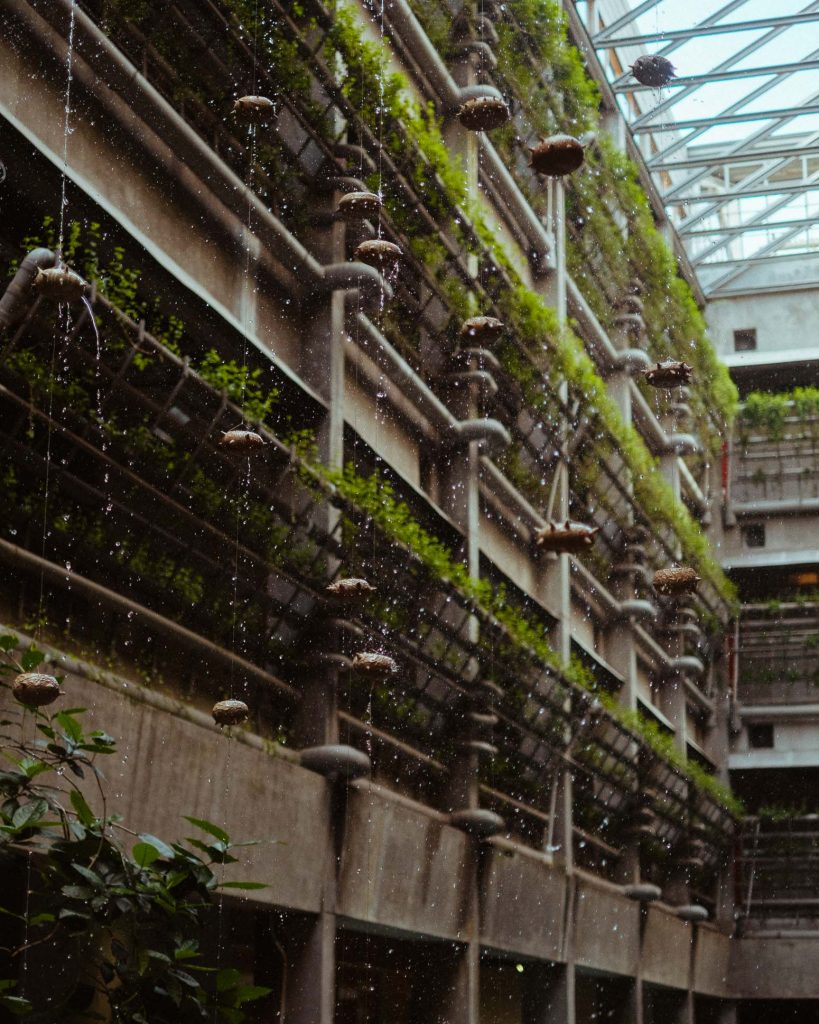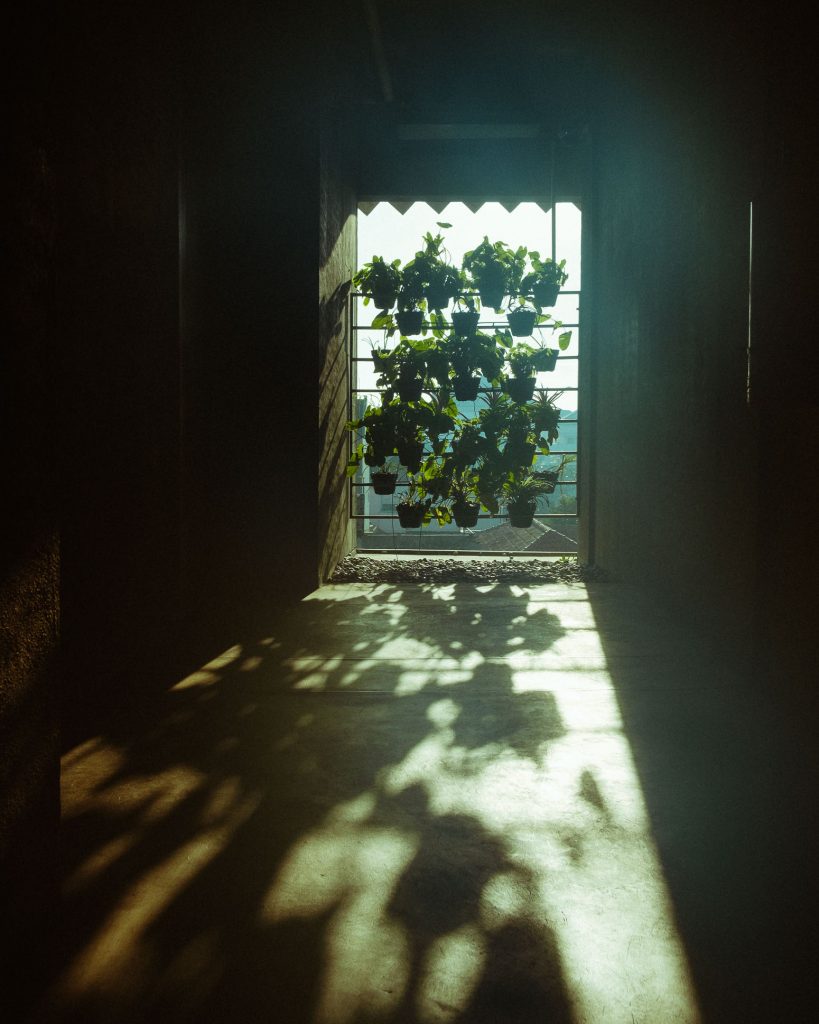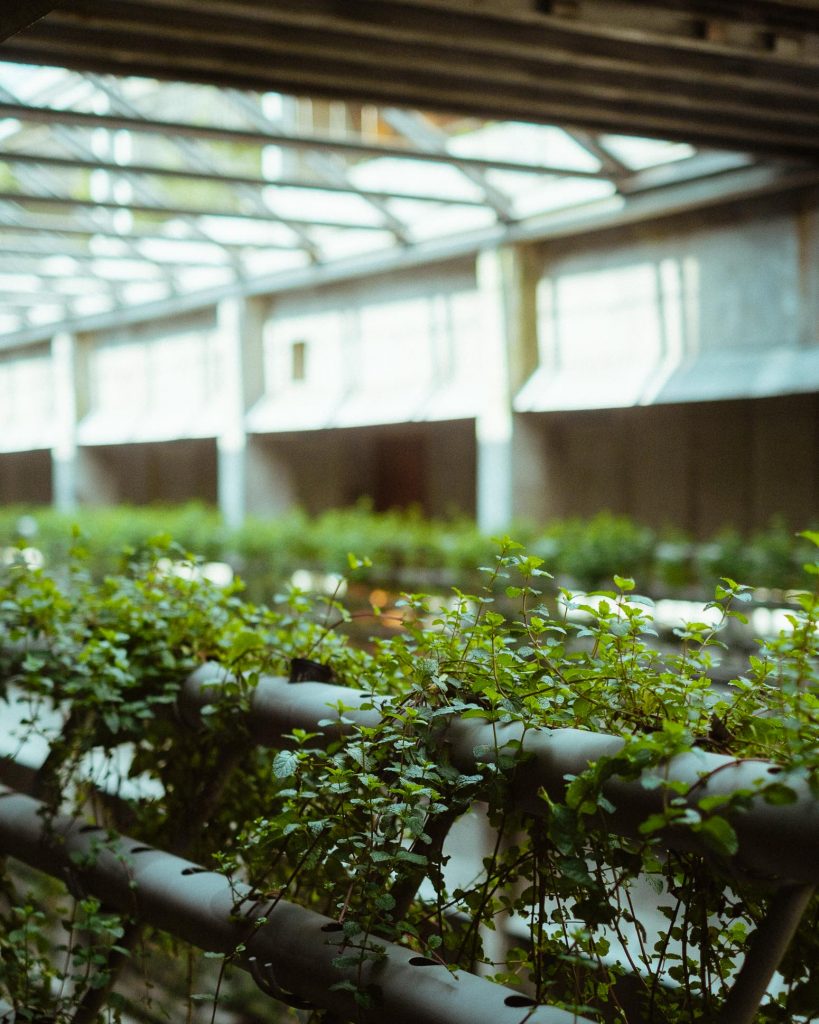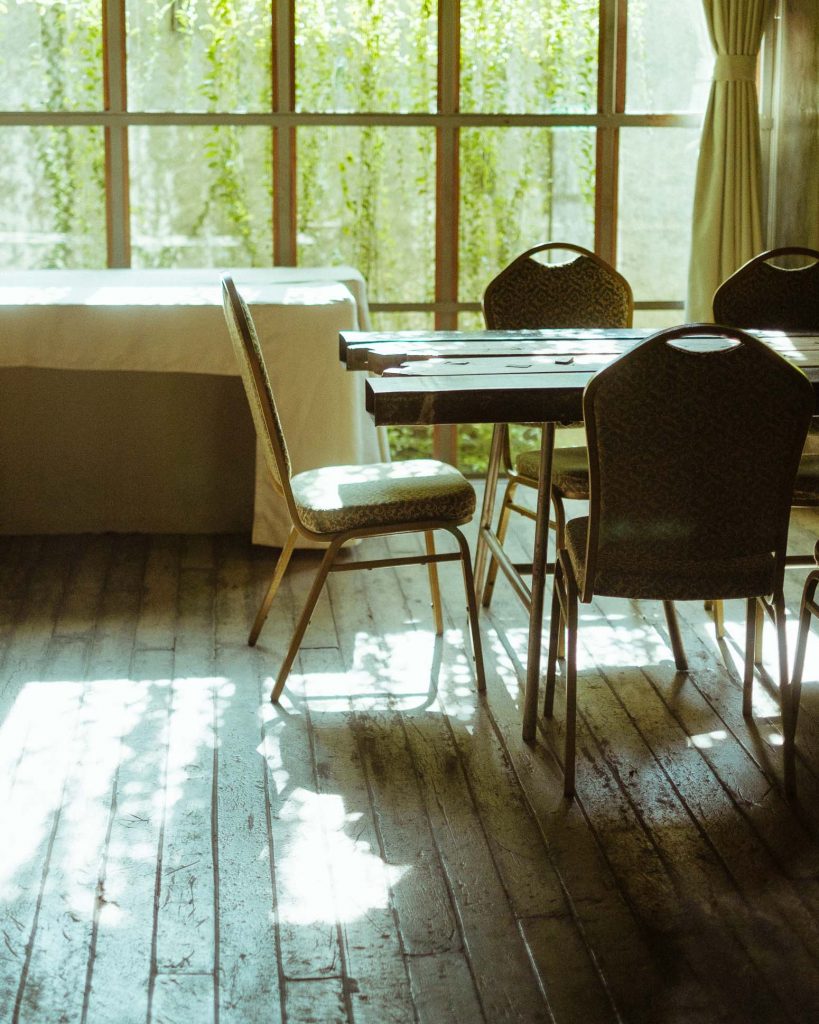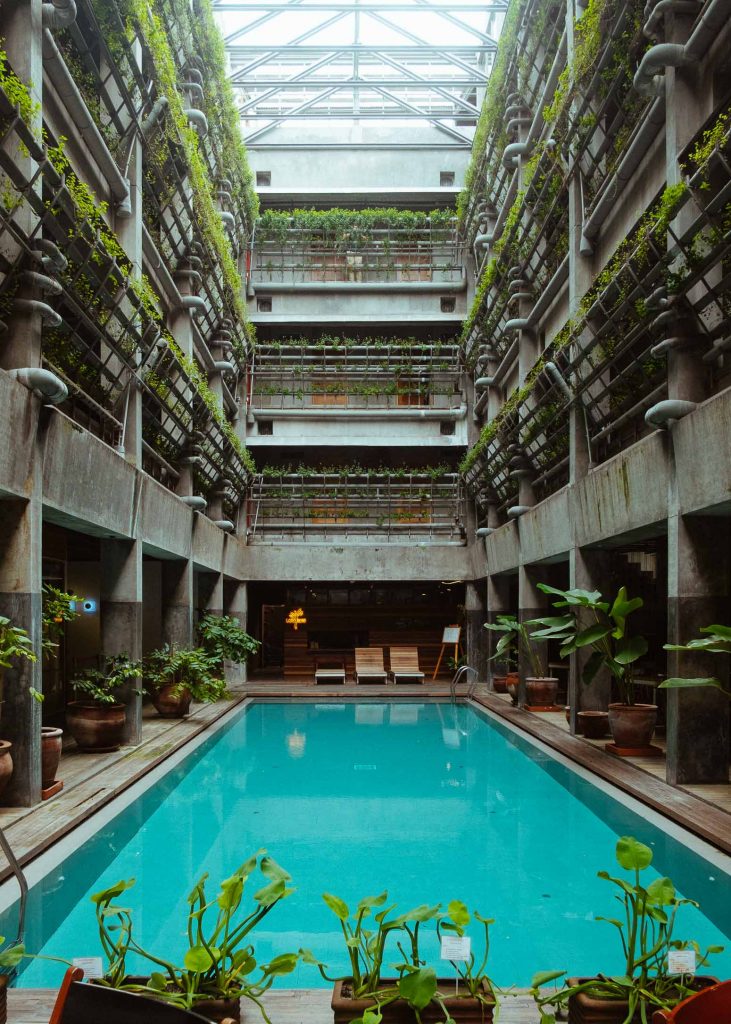Yogyakarta is known as the cultural capital of Indonesia and the home of Javanese culture. I have been to Yogyakarta twice now! The photo in the title is of me wearing traditional dress. This blogpost will cover my personal top 12 reasons to visit Yogyakarta, and show you why it’s the cultural capital of Indonesia.
Home to many artists, academics and writers, Yogyakarta (or Jogja as it’s colloquially known) has a colourful creative scene. The balance of old and new culture is upheld in traditional areas such as Silver Alley while the hustle of modern life is still around the markets. To me, Yogyakarta seems more relaxed than other popular destinations in Indonesia such as Jakarta or Surabaya. In Yogyakarta you can visit unique markets, museums or temples, while the rural outskirts offer adventure opportunities such as volcanoes and UNESCO world heritage sites. I would recommend spending around 3-4 days to cover most of this list, and a week to do everything.
1. Sunrise at Borobudur UNESCO temple
Borobudur is one of the most important Buddhist temples in South East Asia. It is a structure that has stood for 1200 years amidst changing society, earthquakes and eruptions. It was rediscovered in the middle of the jungle overgrown and derelict, then restored by UNESCO. Borobudur is covered with ‘bas reliefs’ which are stone carvings depicting 9th century Java life and the story of Buddha. I recommend visiting for sunrise – the gates open at 4:30am. You will need to organise transport ahead of time.
2. Mount Merapi Volcano 4WD Tour
This 4wd adventure is the best way to see Mount Merapi Volcano. You’ll be traversing rocky roads, rivers and huge puddles all from the (relative) comfort of an old landcruiser. Mount Merapi is an active volcano which last erupted in 2010. We had plenty of fun along the way but sadly did not see the whole volcano because of the rain. If you want a more comfortable trip just ask the driver, they will avoid the rivers and take more developed roads.
A museum tour is included in most of the 4wd tours. We saw the first hand effects of the hot ash eruption in 2010 that killed over 300 people. Melted motorcycles, glasses and furniture serve as a chilling reminder of nature’s destructive power. There is always a risk of natural disaster anywhere you go in the world, so don’t let that fear stop you from visiting Mt Merapi.
3. Learn about Traditional Rural Yogyakarta Life in Pentingsari Village
Pentingsari is on the edge of Mount Merapi volcano. I learned about traditional rice farming techniques in the paddies. The area is lush for growing rice, so we learned about the traditional rice farming techniques. Walking barefoot in the rice paddies and watching little fish and frogs swim was so refreshing. For lunch we had a spread of tasty Yogyakarta dishes that I had never seen before. I had so much fun trying everything the village made for us! Pentingsari village provides homestays in the rural Yogjakarta style. For a tour similar to the one I went on, click here.
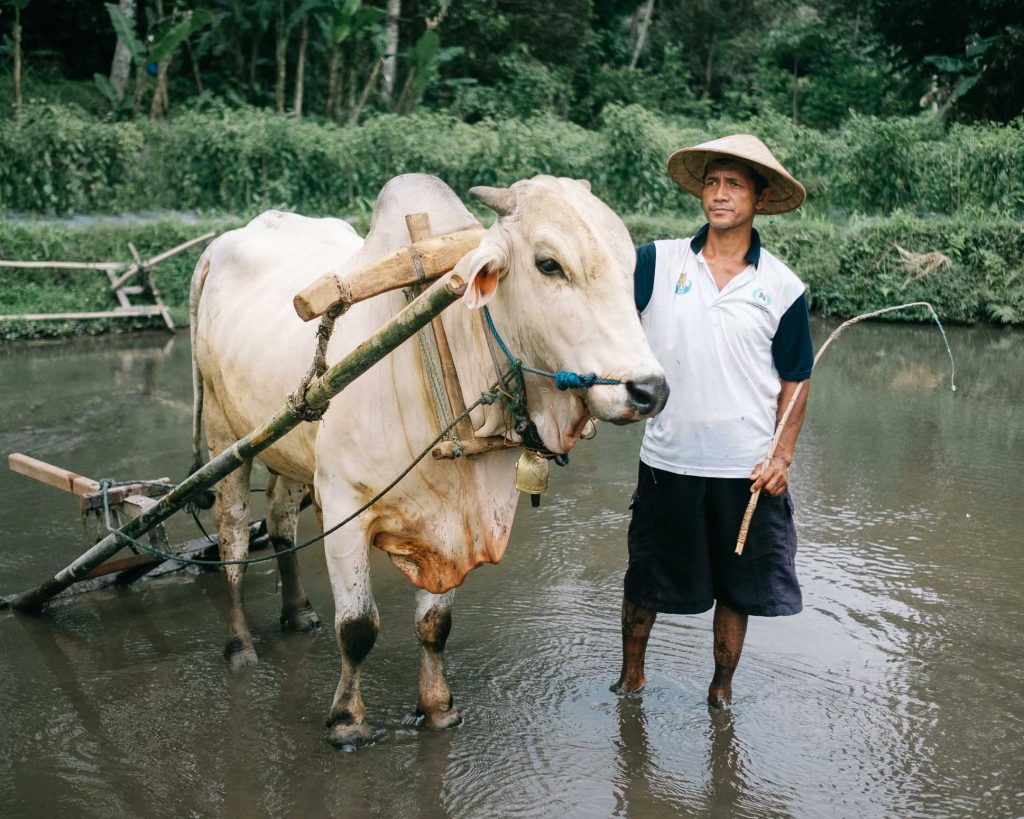
4. Explore the Traditional Alleyways of Kotagede, Silver Alley
Kotagede is best known as ‘Silver Alley’, because of its past as a thriving silver craft district. Silver jewellery and other products were sold here since the 18th century. There are still some silver shops around, however the district has other reasons to visit. The narrow alleyways lead to quiet neighbourhoods, away from the bustle of the city streets. You will see an occasional motorbike but mostly the alleyways are only wide enough for two people to walk through. If you are friendly and have a smile, the locals may give you a peak into what their life is like. The traditional architecture here represents different time periods of Indonesian history from the Mataram Kingdom to more recent Dutch influenced designs. In Kotagede there’s also the centre of the Mataram Sultanate Kingdom, and the sacred tomb of Senopati.
5. Explore Kotagede Market
There are food markets all over Indonesia but this one is a little different. It’s a local secret – in fact it wasn’t even on the itinerary for our trip (but it should be on yours!). We just took a chance and went for it. There are hundreds of stalls were filled with fresh and packaged Indonesian foods, most of which I couldn’t identify. Curiosity got the better of me so I dragged my trusty Indonesian friends Vika and Windy further into the market. They helped me translate to stall owners for photo permission and in other cases to help me reply in Indonesian when I was asked questions. The market women were generally pleased and naturally asked if I was a famous actor (flattering!). My photography senses were on overdrive here; the people, the colours and the light were all beautiful. It’s on my list of best photography spots in Yogyakarta.
6. Go shopping at Malioboro Street
Malioboro Street is the place to be for shopping in Yogyakarta. I saw what felt like thousands of stores selling clothes, batik and souvenirs. Malioboro Street is meant to be the best value for shopping in Yogyakarta. It’s a busy place especially on saturday night – I quickly felt overwhelmed. We also found some great streetfood at every corner.
7. Eat all the Delicious Local Food!
I rarely have a bad meal in Indonesia. When you’re out on the streets looking for food in Yogyakarta it’s pretty much guaranteed that it’s gonna be good (if it’s local and authentic). Definitely try Migodok, or Bakmi Jawa while you’re here. For drinks – bintang (classic), charcoal coffee or ginger tea. There are also many skewer stores that lay all the options out. They skewers are then barbecued again. Delicious.
8. Try make Batik and have Lunch at Omah Kecebong
Batik is probably Indonesia’s most famous artform. It’s an official UNESCO Masterpiece of Oral and Intangible Heritage of Humanity~. It involves the several stages of dying fabric using dyes and wax lines. It’s extremely labour intensive – it can take over 2 months to finish the most intricate of batik. Batik was traditionally used for special occasions and royalty but now it can be cheaply imitated and is available for everyone. The real stuff however will cost you over 1,000,000 IDR- ($100AUD, $70 USD). We wore traditional Indonesian outfits and tried Batik at Omah Kecebong. You can also stay for their delicious Indonesian food.
9. Go Ride on the Andong (Horse and Cart)
The traditional Andong (horse and cart) transport goes hand in hand with the motorcycle and car traffic in Yogyakarta. I was surprised that the traffic was patient, waiting for our procession of horses to snake through the narrow streets. You will see these Andong day and night around the city on popular streets, ready to negotiate a ride. I saw them around Malioboro Street for example.
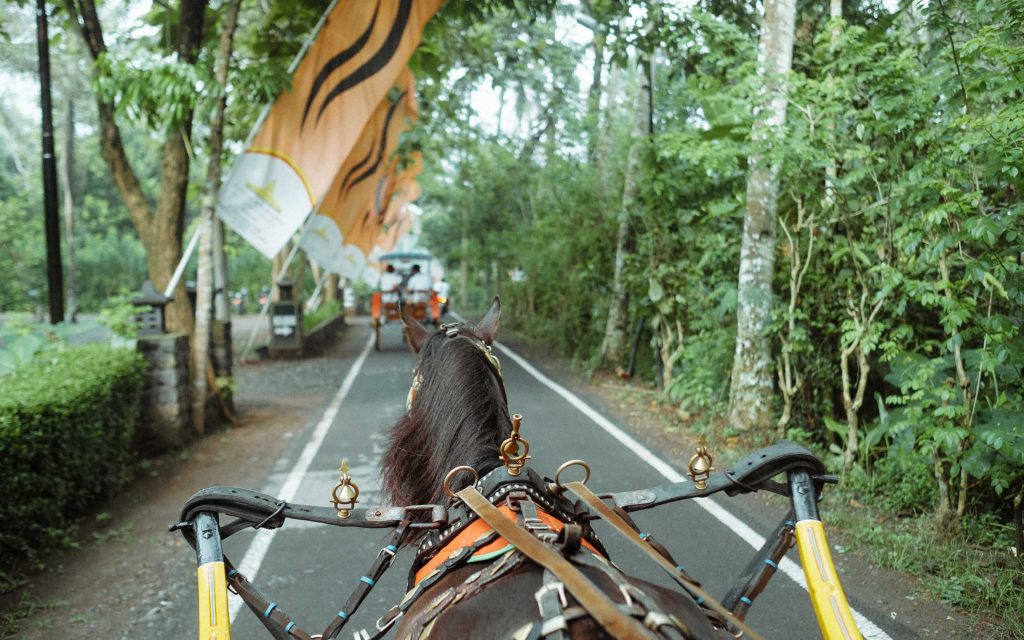
10. Do a Puppet Workshop with Papermoon Puppet Theatre.
Papermoon Puppet Theatre takes traditional Indonesian puppet performance (Wayang) and recontextualises it to a contemporary audience. The puppets that Maria Tri Sulistyani builds are incredibly expressive and cute, however the stories they tell are dark and rooted in the mass jailings and executions of 1965 Indonesia. Papermoon Puppet is part of the modern art movement of Yogyakarta, If you have time in Yogyakarta a workshop could be a fun and unique activity to do in a group. Indonesia has a rich history of using traditional puppets (Wayang) to tell stories and hand down the culture to the next generation. They have performed to critical acclaim in various venues throughout Australia and America. We made some small clay puppets in a workshop which can be organised for individuals or groups. Contact: instagram @papermoonpuppet
11. Visit Prambanan Temple – The counterpart to Borobudur
Prambanan Temple is a Hindu temple built in the 9th century after the Buddhist Borobudur Temple. Both are supposed to represent the power of their respective religions. We see now that they signified a period of religion changing from the Buddhist dynasty to Hindu dynasty. The similarities don’t end there – they are both UNESCO sights. There are over 200 temple structures in the area but the largest three are in the middle. As with Borobudur there are ‘bas reliefs’ depicting Hindi history. To see more about Prambanan check out my friend Michael Turtle’s blog here.
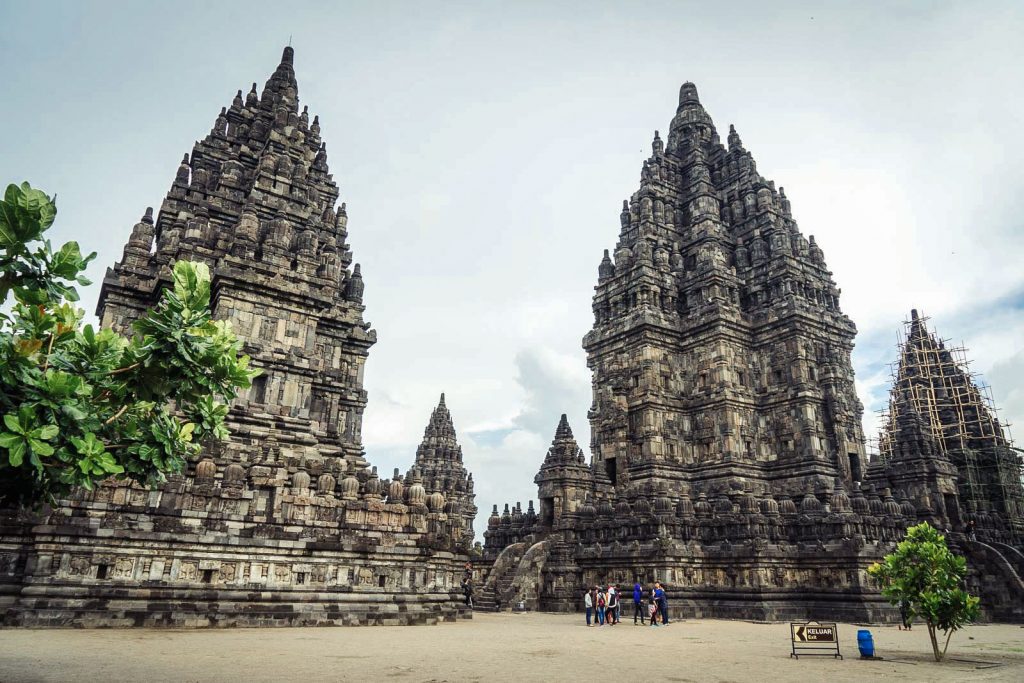
12. Stay somewhere sustainable like Greenhost Hotel
The Greenhost Hotel is the most modern and ecofriendly hotel I’ve stayed at. The artist-designed rooms utilise recycled and eco friendly materials while the balconies are lined with ‘green walls’ of herbs and tropical plants. The food is farm-to-table modern Indonesian – it’s really good. Befitting of its ‘green’ nature there’s also an indoor farm where vegetables are grown for the kitchen. The main atrium, tea spa, gallery space and pool are perfect places to relax after an exciting day exploring in Yogkyakarta. You can check it out by clicking here. Another great pick is The Phoenix Yogyakarta by Sofitel.
Locations on Google Maps
To find tours to make your travels easier, click here.
Huge thanks to the Indonesian Ministry of Tourism and Airasia Indonesia for sponsoring my travels to Yogyakarta!
About me
Hi there! I’m Noah and you’ve found my travel blog. I love roadtrips, photography and nature. Follow @zeebachi on instagram to keep up with my latest travels!
